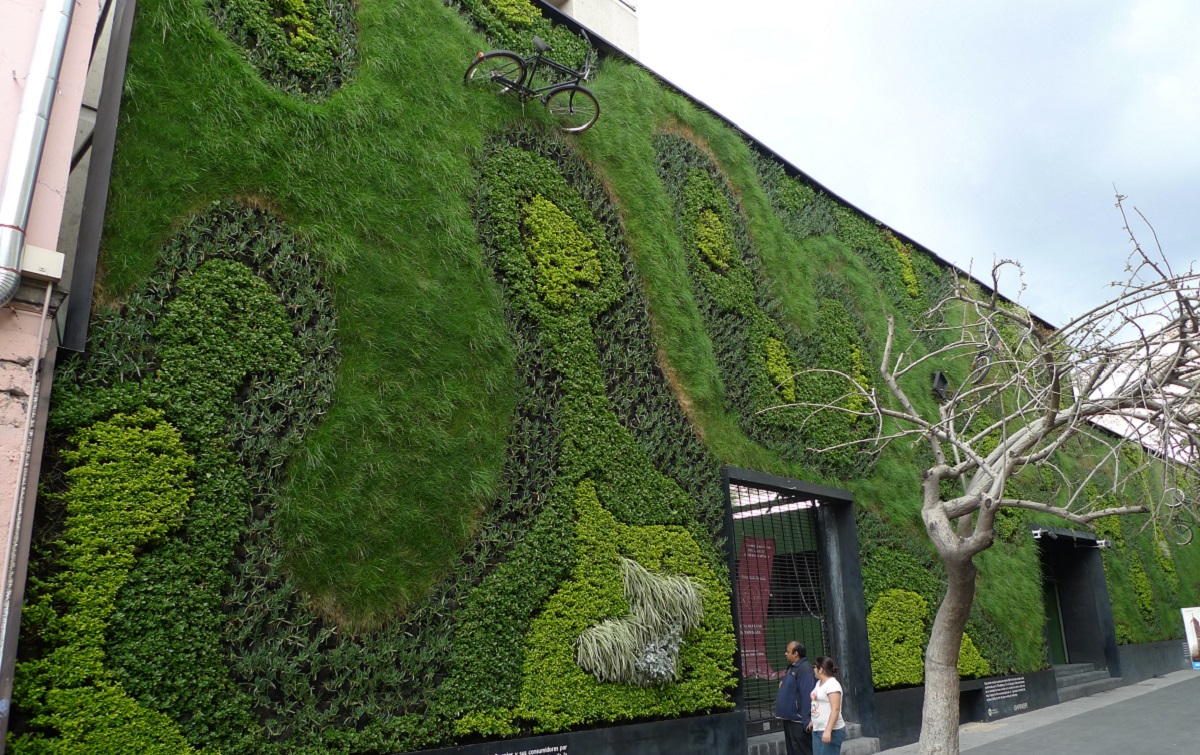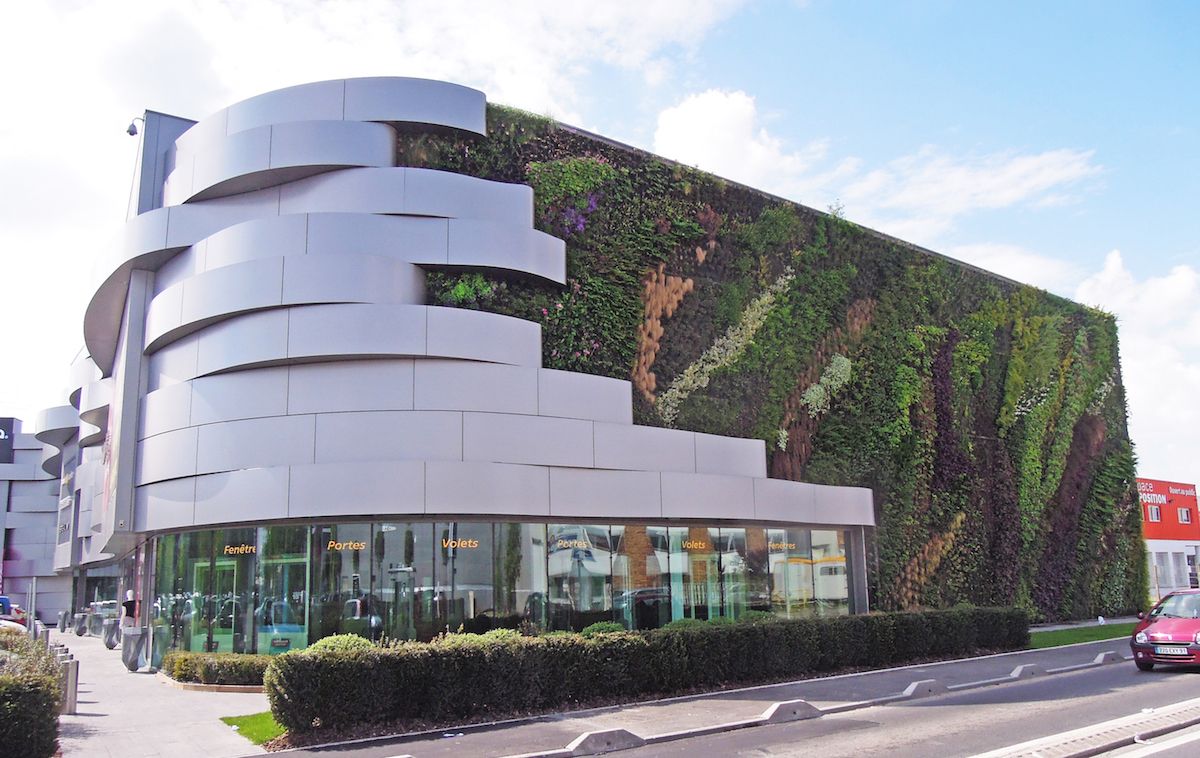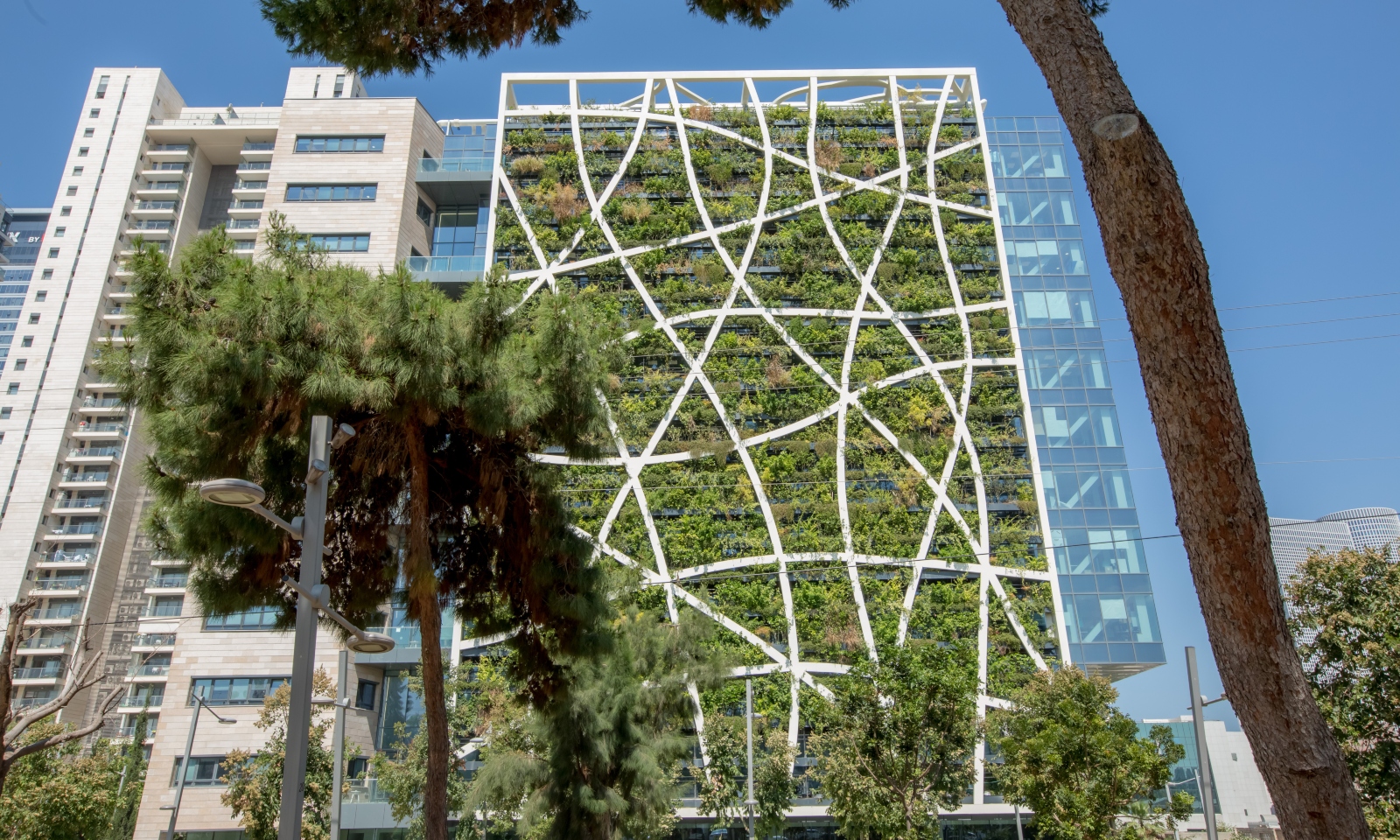
Retroactively Fitting Older Buildings With Living Walls Can Improve Environmental Damade
According to the Building and Environment journal, scientists decided to see what effects retrofitting a living wall on an existing building using fabric and pockets to adhere soil and plants onto the walls would have on the environment.
They decided to test it out on a building at the University of Plymouth’s Sustainability Hub, which was originally built in the 1970’s. As a control, part of the building was not fitted with the living wall.
Both of the parts of the building were west-facing and the test was conducted over 5 weeks. What was found was that the part with the living wall lost 31.4% less heat as compared to the side without it. It also had a more stable temperature as the day progressed, so it took less energy to heat.
In the UK, buildings cause 17% of greenhouse emissions, and about 60% of that comes from space heating. If you could reduce heat loss from older buildings by 1/3, a huge part of that could be eliminated.

Not Only Are They Helpful, They Are Quite Lovely
Lead author Dr. Matthew Fox shared: “Within England, approximately 57% all buildings were built before 1964. While regulations have changed more recently to improve the thermal performance of new constructions, it is our existing buildings that require the most energy to heat and are a significant contributor to carbon emissions.”
He continued: “It is, therefore, essential that we begin to improve the thermal performance of these existing buildings if the UK is to reach its target of net zero carbon emission by 2050, and help to reduce the likelihood of fuel poverty from rising energy prices.”
This research is part of the University’s Sustainability Hub: Low Carbon Devon project. Co-author Dr. Thomas Murphy shared: “With an expanding urban population, ‘green infrastructure’ is a potential nature-based solution which provides an opportunity to tackle climate change, air pollution and biodiversity loss, whilst facilitating low carbon economic growth. Living walls can offer improved air quality, noise reduction and elevated health and well-being.”
Dr. Murphy continued: “Our research suggests living walls can also provide significant energy savings to help reduce the carbon footprint of existing buildings. Further optimising of these living wall systems, however, is now needed to help maximise the environmental benefits and reduce some of the sustainability costs.”

Living Walls Help Reduce Heat








